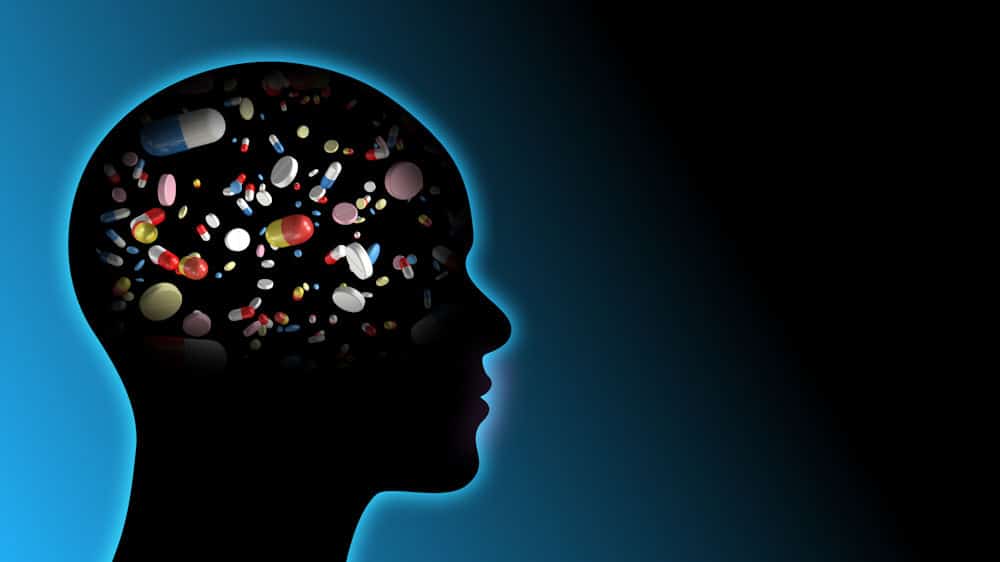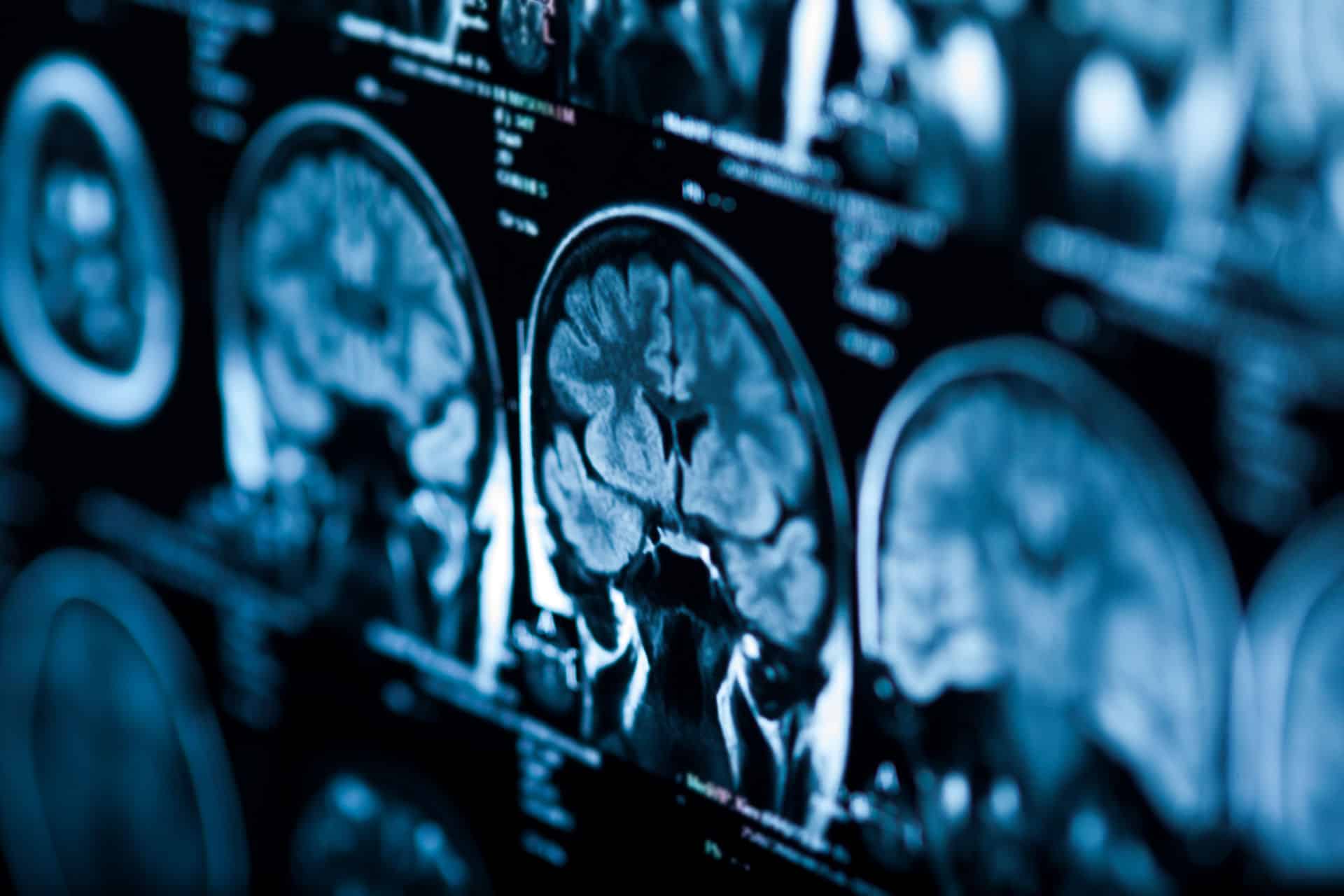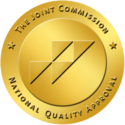Methamphetamine, commonly known as meth, is a potent central nervous system stimulant. It causes a euphoric rush and increases energy. But what does meth do to the brain?
Meth is highly addictive and causes various significant changes to the brain. However, there are ways to reverse how meth affects the brain. If you or a loved one is struggling with meth addiction, seeking treatment at Eagle Creek Ranch Recovery in Nampa, Idaho, can prevent and possibly reverse the damage.
What is Meth?
Meth is a synthetic stimulant made from Amphetamines and other various chemicals. It was once legal and widely available in tablet and injectable forms. Once prescribed for nasal congestion and weight loss, the effects of meth made it highly abused.
As a result, in 1970, the FDA made it a Schedule II controlled substance. Today there is only one prescription Methamphetamine medication, Desoxyn. It is prescribed for severe attention deficit hyperactivity disorder (ADHD).
In its illicit form, meth is a powder that is typically white but can be yellow, pink, or brown. It is odorless, bitter, and dissolves in liquid. People abuse meth via smoking, snorting, or injection. It can also come in Crystal Meth form. This form is clear or blue and looks like coarse crystals, which are typically smoked.
Street names for meth include:
- Chalk
- Crank
- Crystal
- Glass
- Ice
- Redneck cocaine
- Speed
- Tweak
Illicit meth is typically cut with other drugs, such as antidepressants and opioids. This makes meth even more dangerous and increases the risk of overdose.
Symptoms of Meth Abuse
Using meth without a prescription is abuse. Meth, like crack cocaine, produces a rush when injected or smoked. This rush is from an increased heart rate, blood pressure, and the reward neurotransmitters in the brain. People who snort meth have a euphoric sensation and not a rush
People abusing meth typically stay awake for days. Other common symptoms of meth abuse include:
- Alertness
- Hyperactivity
- Being talkative
- Loss of appetite
- Wakefulness
- Irritability
- Agitation
- Paranoia
- Confusion
- Irregular heartbeat
- Anxiety
- Aggression
- Insomnia
- Tremors
- Weight loss
Abusing meth also has negative consequences such as tooth decay or “meth mouth,” skin sores from picking, and sexually transmitted diseases. While tooth decay isn’t reversible, getting treatment for meth addiction can reverse how meth affects the brain and other parts of your body.
How Do People Become Addicted to Meth?

Dopamine is a brain chemical responsible for feeling pleasure, motivation, and reward processing. However, the dopamine rush from meth is much higher than the brain’s natural amount. The thrill of the rush keeps people continuing to use it.
Abusing meth can lead to tolerance which requires the person to take more to achieve the same effect. Between the stimulant effects and the low cost of meth, people can become addicted quickly.
Once a meth addiction develops, it can be difficult for a person to feel happy if they stop taking the drug. Additionally, the body starts experiencing withdrawal symptoms such as anxiety, insomnia, and depression.
Short-term meth withdrawal symptoms include:
- Fatigue
- Irritability
- Lack of energy
- Weight gain
- Dehydration
- Chills
- Low mood
- Inability to think clearly
- Inability to feel pleasure
- Isolation
- Cravings
Long-term withdrawal symptoms can include:
- Depression
- Mood swings
- Cravings
- Loss of feeling pleasure
- Psychosis
- Suicidal thoughts or ideations
- Fatigue or excessive sleepiness
- Increase in appetite
Withdrawal symptoms and cravings can be so debilitating people often return to using meth. When a person relapses, they often binge, which reinforces their addiction. Once people experience withdrawal symptoms, the fear of going through withdrawals again gives meth control of their life.
If you are struggling with meth addiction, it is time to seek help. If you do not think meth harms you, find out how meth affects the brain.
What Does Meth Do to the Brain and Body?
Methamphetamines increase dopamine, serotonin, and norepinephrine in the brain. Dopamine is responsible for our feelings of pleasure and reward. These feelings are so intense and encourage the continued use of meth. This is why they say it can take just one dose to become addicted.
Binging or going on a “meth run” is when a person uses meth multiple times a day for days at a time. This is dangerous because it causes malnutrition, dehydration, and sleep deprivation.
Short-Term Effects of Meth on the Brain and Body

Other short-term ways how meth affects the brain and body include:
- Talkativeness
- An increase in energy
- A decrease in appetite
- Rapid breathing
- Irregular heartbeat
- High blood pressure
- An increase in body temperature
- Aggressive or violent behavior
How Meth Affects the Brain and Body Long-Term
Meth damages the parts of the brain associated with cognitive function, memory, and emotions. The effects of meth lead to dependence, addiction, and lasting psychological symptoms. Some of these symptoms last long after you stop using meth.
The neuronal brain cells, microglia, protect the brain from infection and remove damaged neurons. Using high doses of meth can cause toxic levels of microglia. This results in the death of healthy neurons.
When healthy neurons die, it affects:
- Memory
- Movement
- Attention
- Emotions
- Cognition
The most noticeable way how meth affects the brain is through neurological issues such as movement, motivation, pleasure, and reward. Healthy brains release dopamine from neurons which bind to dopamine receptors in the striatum. Dopamine transporters then remove dopamine, which is recycled.
Abusing meth long-term decreases dopamine receptors to process dopamine. Damaging the dopamine system is one way how meth affects the brain and causes:
- Impaired coordination
- Impaired verbal learning
- Poor motor speed
- Dependence
- Addiction
The longer a person abuses meth, the more difficult it can be to find pleasure in anything besides meth. This happens because the brain becomes less sensitive to stimuli. The National Institute on Drug Abuse (NIDA) says improvements in the brain are possible after a year of recovery.
The areas of the brain responsible for cognitive function are also affected by meth abuse. The damage can affect mental flexibility, making addiction treatment and recovery challenging.
Cognitive damage from meth includes:
- Poor judgment
- Difficulty making decisions
- Memory issues
- Executive function
- Language skills
- Fine motor skills
Along with the structural damage, heavy meth abuse also causes negative effects on mental health. Mental health effects of meth abuse include:
- Meth can cause psychosis, leading to hallucinations, paranoia, delusions, and violent behaviors. Stressful times can cause these symptoms to return after you are in recovery.
- Meth can cause depression, anxiety, and fatigue during withdrawal. However, these symptoms can last for months after the last dose.
Meth abuse can also cause neurological problems such as:
- Nerve damage
- Increases the risk of Parkinson’s disease
- Increases stroke risk
- Repetitive behaviors
- Confusion
- Disrupts sleep patterns
Does Meth Cause Permanent Brain Damage, Or Does it Heal Itself After Drug Use?
Doing drugs changes the chemistry of the brain. But, how meth affects the brain is sometimes reversible when you stop using meth. While some long-term effects are too severe, recovering from meth addiction can alleviate some symptoms.
The damage to dopamine receptors can be repaired and function almost generally within one year of recovery. However, some symptoms, such as the risk of Parkinson’s Disease, don’t decline after stopping meth.
Whether how meth affects the brain is repaired or not, stopping the abuse of meth can prevent further damage and future complications. Frequently, the cognitive damage from meth abuse doesn’t fully repair itself, but it doesn’t worsen either.
If you are struggling with an addiction to meth, seeking treatment is the safest way to detox and offers the best chance at lasting recovery.
How Can You Tell if Someone Has Brain Damage from Meth Abuse?
You now know that meth abuse can cause chemical and structural changes in the brain. People who use meth for a long time may begin showing signs of how meth affects the brain. The following are signs of brain damage from meth abuse.
- Problems thinking – trouble learning new information, paying attention, and remembering things
- Emotional issues – angry, anxious, moody, or sad
- Hallucinations – seeing things that aren’t there
Although meth addiction can cause brain damage, it’s essential to understand not everyone who uses meth has brain damage. If a loved one struggles with meth addiction, they need to seek help before the damage is permanent.
Treatment for Meth Addiction

People who seek treatment early in meth addiction have a better chance of lasting recovery. Because meth is highly addictive and causes emotional highs, lows, and cravings, relapse rates are high. Entering a treatment program right after detox can help:
- the brain begins to repair itself
- encourage healthy habits
- address the causes of addiction
- teach relapse prevention skills
There are various treatment programs, but those who struggle with meth addiction do best in residential or inpatient treatment. This program provides round-the-clock supervision and treatment. Living at the treatment facility removes the triggers and stressors that trigger meth abuse.
Behavioral therapies are the core of addiction treatment. Cognitive-behavioral therapy (CBT) is used in individual and group therapy to teach stress management, coping skills, and healthy communication skills.
Other forms of therapy include:
- Dialectical Behavior Therapy (DBT)
- Motivational Interviewing (MI)
- Family Therapy
- Holistic therapies: Yoga, meditation, and mindfulness
- Adventure therapy
Completing a treatment program doesn’t guarantee lasting recovery. Addiction is a chronic disease and requires continued care to maintain recovery. 12-step groups are a great way to continue receiving support and encourage lifelong recovery from meth.
Recovery is Available at Eagle Creek Ranch Recovery
If you or someone you love is struggling with an addiction to meth, help is available. At Eagle Creek Ranch, you receive an individualized treatment plan to address all your recovery needs. To start your journey to lasting recovery, contact us today.

Clinical Director
Kendall Maloof is the clinical director at Eagle Creek Ranch Recovery. She is a licensed marriage and family therapist and has held multiple leadership roles before settling here at Eagle Creek. Kendall received her master’s degree in marriage and family therapy from the Chicago School of Professional Psychology in 2016. Her career in mental and behavioral health began in 2014 when she took up internships in both the nonprofit and for profit sectors. She interned at multiple reputable companies, such as The Living Success Center and 449 Recovery in California.
In 2019, Kendall became the clinical director of Sunsets Recovery for Woman, a dual diagnosis program in southern California. Kendall is a natural leader. She has an incredible ability to problem solve and stay calm in any situation. Kendall never fails to show up when she is needed, and her calm demeanor makes her team and clients feel at ease. Eagle Creek Ranch Recovery is proud to have Kendall as our clinical director.



